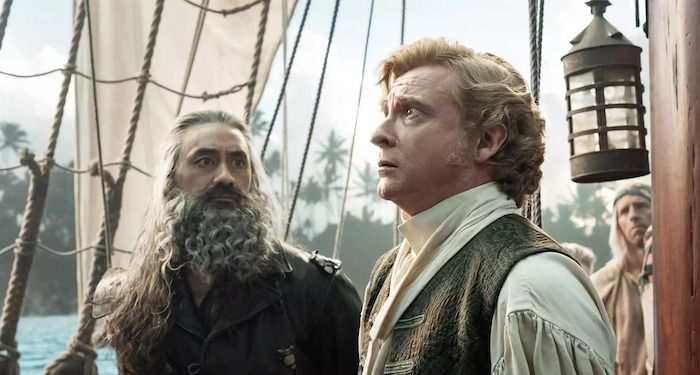If you’re here, you probably know “ship” in fandom is short for relationship. This usage originated from X-Files fans in 1995. Some early fans called themselves “relationshippers” or wanted an “MSR” (a Mulder and Scully romantic relationship). These original fans didn’t combine Mulder and Scully to form a ship name. “Sculder” is sometimes used ironically or by more recent fans. Ship names can be funny and inventive: based on nicknames, puns, or the beginning of one name and the end of another. A popular ship name for Stede Bonnet and Ed Teach (Blackbeard) from Our Flag Means Death is Blackbonnet. Shirbert is Anne Shirley and Gilbert Blythe from Anne of Green Gables and the recent show Anne with an E. Many Marvel ship names derive from the characters’ nicknames or powers. Modern fandom as we know it started in the 1960s with the original Star Trek series. Fans wrote their own Star Trek zines, photocopied them, and distributed them via mailing lists. The first fanfic imagining a sexual relationship between Kirk and Spock was published in the 1970s. Fans called this pairing Kirk/Spock. The slash between their names led to the term slash, which eventually referred to LGBTQIA fanfic in general. Nowadays, for most English-language fandoms on Ao3 (Archive of Our Own), ampersands (&) between characters’ names indicate any relationships, while slashes (/) indicate sexual and romantic relationships. In anime and manga fandoms, writers typically use an x between characters’ names, not a slash. Today, people can find and make fan content online for almost anything they read or watch. Before the internet, though, fan zines required so much effort, most people followed only one or two fandoms. If you’ve never doubted a fictional relationship’s longevity because the characters’ names didn’t mesh, you’ve probably spent less time online than I have! It helps if the names have letters or syllables in common. It’s a frequent joke in the Hunger Games fandom: the most obvious ship names for Katniss Everdeen and Peeta Mellark would be Peeniss and KatPee. Instead, fans opted to combine their last names, not their first, forming the ship name Everlark. But when and why did fans start creating portmanteaus, instead of just linking names with a / or an x? It’s anyone’s guess, but I suspect there were two main reasons: the shift to the internet from printed fan zines and the influence of celebrity culture. In the late 1990s and early 2000s, as more people got internet access, online fan communities started to replace printed zines. On sites like fanfiction.net and LiveJournal, unique names and tags let fans find one another and content about specific relationships. This continued with Tumblr and Ao3, both founded in the late 2000s. Slashes weren’t allowed in Tumblr tags or Windows file extensions. So, blended ship names made fanfic easier to find, write, and upload. Outside of fandom, celebrity news may have played a role in ship naming. When Ben Affleck and Jennifer Lopez first dated in the early 2000s, the news media nicknamed them “Bennifer.” They were the first celebrity couple with a portmanteau name. Media later referred to Brad Pitt and Angelina Jolie as “Brangelina.” In the mid-2000s, fan writers also started making up portmanteau ship names for fictional relationships. Some ship names get condensed into portmanteaus over time. For example, John Watson/Sherlock Holmes on BBC’s Sherlock became JohnLock. Some obscure pairings never get a ship name. Blended names work best for couples. With polyamorous ships, names can get so convoluted that fans use name combiner sites for extra help. The TV Tropes opinion page on Portmanteau Couples Names quotes web comic author Tom Siddell: “Can someone tell me why ‘I think Annie and Mort would make a nice couple’ isn’t as good as ‘Anmorttimomerny’?” It’s true that some ship names can get so complicated, they defeat the purpose of finding content easily, especially for new fans. The shorter and more punning names are a fun way for fans to find community and share videos, art, and fic of their OTP (one true pairing). Read more about the history of fanfiction.
